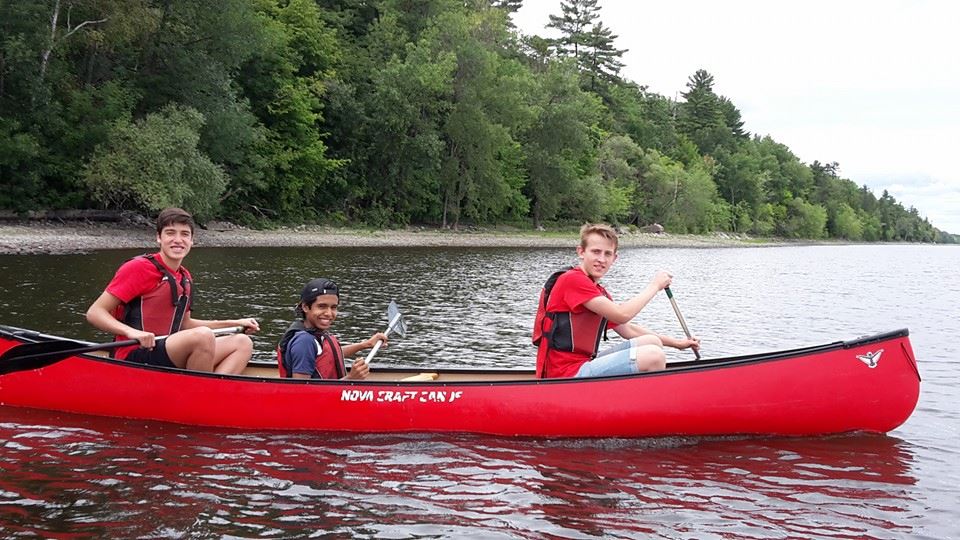4 Facts About Canada’s Geography Your Child Will Learn at Language Camp

Known for its beauty, Canada is a safe, affordable, and fun destination for teens to learn English. It’s also an incredibly diverse and interesting country, offering plenty of fascinating facts for your child to learn. Whether they’re enjoying an afternoon at the beach, exploring one of Canada’s thriving cities, or discovering some of Canada’s beautiful natural habitats, your child will have plenty of opportunity to learn about and discover Canada’s geography while they study English.
Here are just four facts about Canada’s geography your child will learn at language camp.
1. Students in Language Camp Will Learn that Canada Has an Incredibly Long Shoreline
Canada is bordered by three major oceans: the Atlantic, the Pacific, and the Arctic Ocean. As a result, Canada has a lot of shoreline. In fact, Canada’s shoreline is the longest out of any country in the entire world! Canada has 243,000 kilometres of coastline waiting to be explored. However, if you were to walk at a speed of 20 kilometres per day, it would take you 33 years to walk along all of the beautiful shoreline that Canada has to offer!
2. Students in Language Camp Will Learn that Canada Is the Second Largest Country
Although Canada’s population is relatively small, its land area is quite large. In fact, Canada is the second largest country in the entire world. The only country with more land than Canada is Russia. Although Canada is bigger than the United States, it only has one ninth of its total population. On top of that, most Canadians, about 75 per cent, live within 161 kilometres of the border. As a result of Canada’s low population and its tendency to stay near the south of the country, most of its nature is untouched.
Although students attending language camp in Ottawa won’t get the chance to explore all of Canada, they will have the chance to explore several of Canada’s most interesting cities such as Ottawa and Montreal. Students can also take part in our optional weekend tour to Toronto, giving them the opportunity to explore Canada’s biggest city.
3. Students in English Summer Classes Will Learn that Canada’s Climate Varies a Lot
Despite Canada’s reputation for being cold and snowy, the climate actually varies tremendously from province to province and coast to coast. In the north, Canada is much like how most people picture it—cold and snowy most of the year. However, southern areas of Canada’s provinces experience hot summers, and beautiful fall and spring weather. In addition, some major Canadian cities on the West Coast, like Vancouver, almost never see snow in the winters.

Students enjoy Canada’s beautiful summers by participating in outdoor activities
If your child is attending English summer classes in Ottawa, they can look forward to enjoying the warm summers by participating in tons of fun outdoors activities like swimming, canoeing, and beach volleyball—among many different activities.
4. Students in English Summer Classes Will Learn that Canada Has Many Lakes
Not only does Canada have the most shoreline in the world, it also has the most lake area too. Canada has nearly 31,752 lakes that are each larger than three square kilometres.
That’s not the only impressive figure about Canada’s lakes and geography. In fact, Canada’s famous Great Lakes, which are located on the border that Canada shares with the United States, are responsible for housing approximately 18 per cent of the entire world’s fresh water! It’s no wonder that Canada’s outdoors are beloved by many, and make the perfect destination for any child looking for a fun summer experience.
Are you interested in learning more about English learning for kids in Ottawa?
Contact Destination Canada to learn more about our summer camp!




